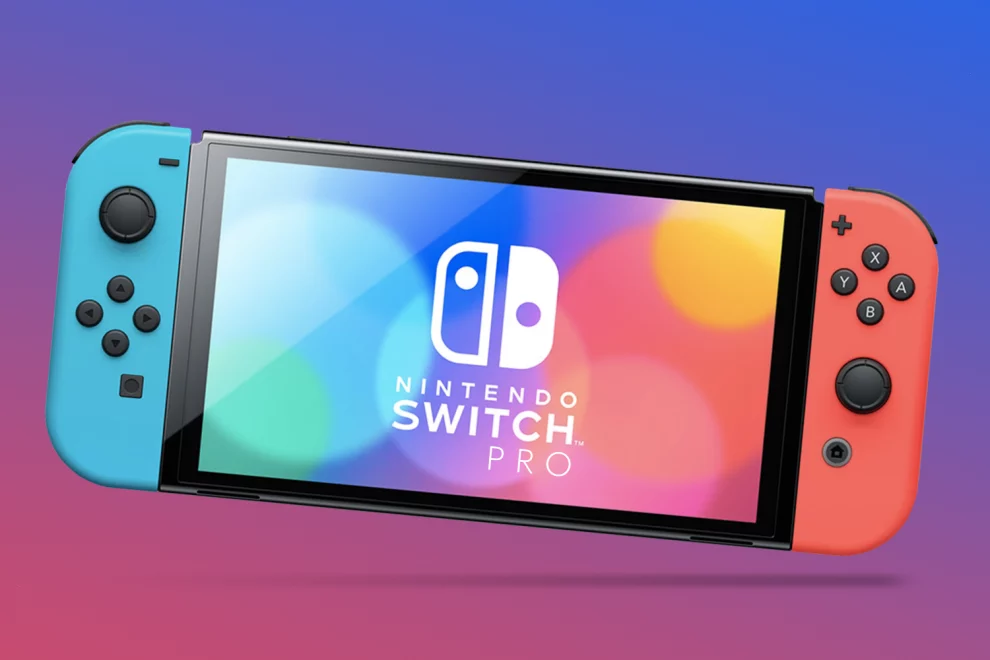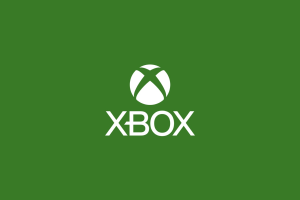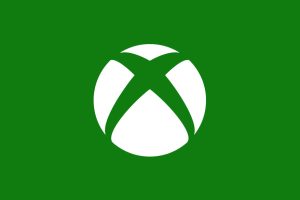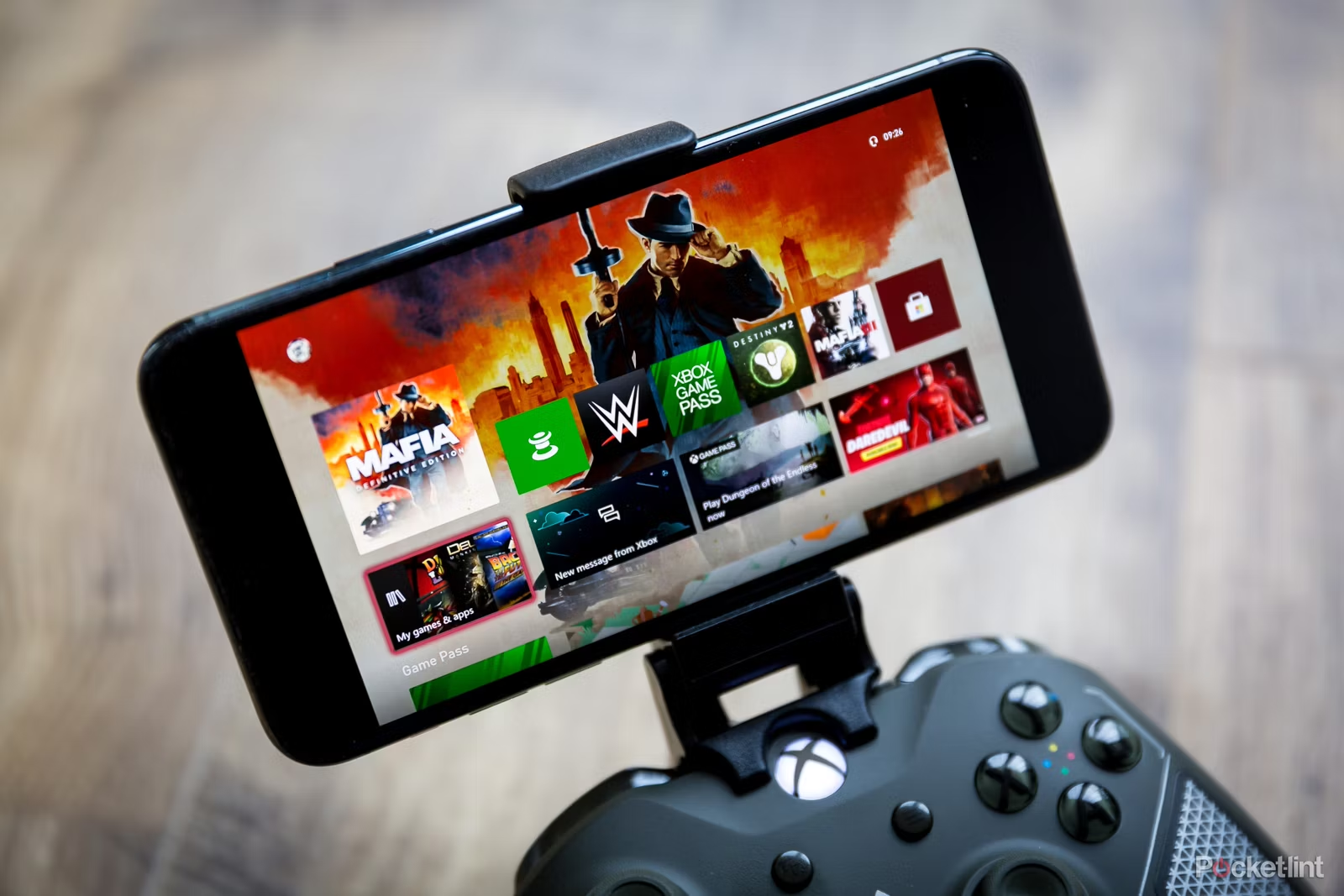The Nintendo Switch exploded onto the gaming scene in 2017, offering a revolutionary hybrid console experience that could transition seamlessly from handheld to home play. Powered by Nvidia’s customizable Tegra X1 processor, the Switch provided ample performance for Nintendo’s first-party titles and a plethora of high-quality ports.
However, with the launch of the PlayStation 5 and Xbox Series X ushering in a new generation of bleeding-edge hardware, the aging Switch has shown signs of strain. Demanding third-party ports have highlighted the console’s limitations in resolution, frame rate stability, and visual settings. This has sparked years of rumors surrounding the potential release of an upgraded “Switch Pro” model.
But does the monumentally successful Switch truly need a hardware refresh just yet? This comprehensive deep dive analyzes the merits and drawbacks of a Switch Pro by exploring:
- The Switch’s current technical specifications
- Potential benefits of a mid-generation upgrade
- Key counterarguments against the need for an upgrade
- What to reasonably expect from a Switch Pro model
Deciphering the Switch’s Existing Hardware
To analyze the validity of a Switch Pro upgrade, we must first break down Nintendo’s innovative hybrid device on a technical level by scrutinizing its current capabilities and limitations.
A Customized Tablet Powerhouse
The heart of the Switch is Nvidia’s highly customizable Tegra X1 system-on-chip (SoC). Built on the efficient 20nm fabrication process, the X1 contains:
- 4 ARM Cortex-A57 CPU cores clocked at 1.02GHz
- 256 Maxwell-based CUDA graphics cores clocked at 768MHz docked/307.2MHz portable
- 4GB of 1600MHz LPDDR4 RAM
This unique processor allows the Switch to function as a handheld tablet with a 6.2” 720p LCD, while transforming into a home console by docking into a TV-out station. The Switch output resolutions are:
- 720p handheld / 1080p docked using the original Switch
- 720p handheld / 4K docked using the revised Switch with upgraded SoC Mariko chip
How Does This Measure Up to Modern Consoles?
Compare this to the PlayStation 5 and Xbox Series X that launched in 2020 with substantial generational leaps in computing power:
PlayStation 5
- 8x 3.5GHz Zen 2 CPU cores
- 10.28 TFLOP RDNA 2.0-based GPU
- 16GB GDDR6 RAM
- UltraHD 4K gaming at up to 120fps
- 8x 3.8Ghz Zen 2 CPU cores
- 12 TFLOP RDNA 2.0-based GPU
- 16GB GDDR6 RAM
- 4K gaming at up to 120fps + hardware ray tracing
The generational gap becomes quite apparent here. But how does this actually impact real-world game performance on the aging Switch hardware?
Pushing the Limits: Performance & Resolution
Due to the weaker CPU and mobile-oriented Maxwell GPU, the Switch sees some notable shortcomings with demanding modern titles:
- Resolution: Struggles to consistently hit 1080p docked/720p portable.
- Framerate: Frame pacing and drops more apparent in intense scenes. Targets 30fps over 60fps.
- Visual Fidelity: Lower resolution textures/assets. Lacks modern graphical features.
While Nintendo’s software smartly targets the hybrid hardware, the cracks begin showing in many ambitious third-party ports. Titles like The Witcher 3, Doom Eternal, Dying Light 2 have substantial performance issues and graphical cutbacks compared to PS5/Series X versions.
Could a mid-generation Switch upgrade help alleviate these tensions while retaining Nintendo’s tremendous handheld/docked versatility?

Exploring the Potential Benefits of a Switch Pro
Assuming the much-rumored Switch Pro retains the core hybrid concept, let’s analyze some substantial benefits even a modest mid-cycle hardware refresh could enable:
Enhanced Visual Presentation
A Switch Pro would likely receive a new custom Nvidia SoC on the latest Tegra architecture. Even minor GPU/CPU clock increases could enable:
- Higher resolution handheld/docked outputs
- More stable framerates with improved frame pacing
- Enhanced texture filtering, shadows, effects without performance penalty
- Potential 4K docked output with upgraded internals using Nvidia DLSS
This would allow demanding third-party titles to better align with their PS5/Series X counterparts in resolution, visual feature set, and performance.
Superior Portability Factor
The new Nvidia silicon could also integrate DLSS support for improved efficiency and battery life during portable play. Allowing higher peak performance in a lower power envelope. Further improving the handheld experience.
Increased Third-Party Viability
The refreshed internals would also assure developers that their ambitious games can ship on Switch without substantial compromises, vastly expanding software support longevity into the future.
Given the monumental success of the platform, almost every major third-party studio will continue releasing games on the console. But the enhanced specifications would ensure these do not turn into unflattering ports better left unreleased.
Long-Term Future Proofing
Most importantly, the upgraded Switch Pro hardware would future-proof Nintendo’s console hybrid concept throughout the lengthy generational cycle. Likely preventing another Wii U-level drought scenario against the staggering power metrics of rival platforms.
However, there remains fierce debate regarding whether this incremental upgrade is truly essential just yet for Nintendo’s continued prosperity.
The Case Against Immediate Switch Hardware Upgrades
Despite the obvious benefits, there are also several compelling arguments suggesting a Switch Pro may not arrive until the next wholesale generational shift:
Minimal Need for Core Audience
The Switch is enjoyed by a mainstream consumer base beyond conventional hardcore gamers. For this demographic of casual gamers, including Nintendo’s all-important youth market, the base Switch hardware remains perfectly satisfactory for colorful first-party experiences.
Maintains Mass Market Approach & Product Consistency
Furthermore, a mid-cycle upgrade may threaten Switch’s mass market accessibility. Nintendo’s straightforward plug-and-play simplicity with a singular hardware platform is crucial for maintaining exceptional consumer awareness and reducing market confusion.
Preserves Brand Identity
This uniformity has also allowed Nintendo to foster a consistent lifestyle brand identity across the numerous Switch commercials, ads, and merchandising.
Incremental Updates Possible Instead
There are rumors Nintendo could subtly upgrade the existing Switch with a new Mariko model SoC revision. Enabling a cost-efficient mid-generation bump through minor performance uplifts and efficiency refinements rather than an overt “Pro” split.
However, assuming they wish to avoid market fragmentation, when could Nintendo potentially deliver a full-fledged next-generation Switch hardware revision?
Realistic Speculation: Next-Generation Switch 2.0
Given the continued sales velocity of existing Switch hardware and less technologically demanding target demographics, the earliest prediction for a Switch successor would be late 2024 at the very soonest.
However, a Holiday 2025 or early 2026 launch window seems far more sensible. With refreshed hardware likely boasting:
- New custom Nvidia SoC running an improved Tegra revision
- CPU/GPU uplifts to deliver 4K gaming and better portable performance
- Likely DLSS integration for efficiency/battery life
- Further refinements to the innovative Switch handheld/docked hybrid concept
This would align with previous 5-6 year Nintendo generational lifecycles. While the expanded capabilities could feasibly support another 5+ years of relevance against the PS5/Series X successor mid-generation updates.
The Final Verdict: Upgraded Internals Inevitable, But Be Patient
Given Nintendo’s history of releasing incrementally improved models further into a console’s life cycle, a mid-generation Switch Pro certainly remains plausible and would offer tangible technological benefits.
However, considering Nintendo’s mainstream focus and the standard model’s continued sales velocity, they appear in no rush to disrupt their winning market formula.
While upgraded Switch hardware will inevitably manifest to stave off obsolescence against Sony/Microsoft, expect Nintendo’s next major generational leap closer to 2025/2026 with a true Switch 2.0 successor.</ This will likely deliver their signature innovative features alongside the 4K gaming prowess vital for guaranteeing long-term third-party support.













Add Comment